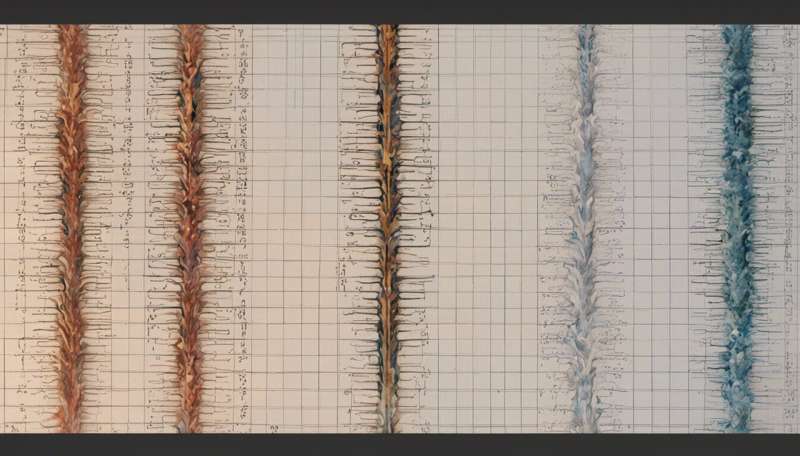Scientists track the genes behind hearing loss

Tens of millions of Europeans suffer from a hearing impairment of some degree. They range from the one child in 1,000 who is born deaf, to the many whose hearing is declining as they grow older.
The EU project EUROHEAR ('Advances in hearing science: from functional genomics to therapies') set out to expand medical understanding of hearing loss and treatment.
One in three people over the age of 65 experience hearing loss that is serious enough to hinder normal conversation. While there is no cure for most forms of hearing impairment, prostheses such as hearing aids and cochlear implants can help to improve hearing in many cases.
The research team's goals were: to identify the genes involved in both early-and late-onset hearing impairment; to understand the mechanisms behind both normal and impaired hearing; and to develop tools to prevent and cure hearing impairment.
Research carried out by the project, which was led by France's Institute of Health and Medical Research, focussed primarily on the cochlea, a tightly coiled structure that lies deep in the inner ear.
The cochlea contains thousands of sensory 'hair cells', responsible for converting sounds into electrical signals that are then sent along nerve cells to the brain. People are born with a certain number of hair cells and once they lose them they no longer have the capacity to develop new ones.
Thanks to the work of EUROHEAR's researchers, we now have a better understanding of how these hair cells operate and the specific mechanisms involved in turning sounds into electrical signals.
In total, the team discovered 12 new genes for deafness, most of which affect the cochlea. One of the genes, however, causes a defect in nerve cells of the central nervous systems that are responsible for processing the information coming from the cochlea.
Researchers also developed diagnostic tools to identify which genetic mutation is causing a patient's hearing problems. This is important because it can help doctors decide if a deaf child will benefit from a cochlear implant. For a cochlear implant to work, the auditory nerve must be intact, so if a patient has a mutation that affects only the cochlea, he or she will likely benefit from a cochlear implant.
With the completion of EUROHEAR's work in November 2009, a wealth of new information on the genetics behind hearing impairment was made available, advancing medical knowledge on causes, diagnosis and potential treatments.
The project's consortium included universities and medical research laboratories in 10 EU countries, Israel and Tunisia. EUROHEAR received EUR 12.5 million in funding from the EU.
More information: Project factsheet cordis.europa.eu/projects/rcn/75689_en.html

















